The former summer cottage of Oliver Hazard Perry Belmont, Belcourt Castle still stands on Bellevue Avenue in Newport, Rhode Island after being constructed more than a century ago.
Construction started in 1891 and the castle was completed just three years later. A huge house with 60 rooms and 50,000 square feet of living space, built using only the finest materials—brick and Westerly granite and stucco on the exterior walls, slate and copper on the roof, chestnut beams and sculpted plaster for the ceilings, oak and marble floors, painted mahogany and canvas walls, and interior finishes completed by 300 artisans shipped in from around the world—Belcourt was intended to be used for only six to eight weeks every year.
At the time of its construction, the castle was recognized for its French Renaissance and Gothic decor and its extensive stables and carriage areas, which are tied to the main structure. Of course the house, which was designed to look like Louis XIII’s hunting lodge in Versailles, had extensive carriage and stable areas; the Belmont Stakes, one of the most famous horse races in the world, was named for Oliver Belmont’s father.
By the time Belcourt was completed, Oliver, then a 33-year-old bachelor, had spent more than $3.2 million on its construction (equivalent to about $65 million in 2005 dollars). The “cottage” required a full-time staff of about thirty servants to stay at a presentation-ready level; they cost Belmont about $100 a week. The victim of a violent mugging, Belmont was unable to visit his house for the first year after it was constructed, but he continued to pay his servants so it would be ready for his arrival.
Because Belmont held disdain for the rich who displayed their wealth with big, splashy houses in the area, he had visitors enter his cottage through a small entrance on the side of the house that looks least impressive, and faces the main road. Once inside, though, the house was huge—and opulent. The entire ground floor was dedicated to housing the horses and their stables, with two grand entrances for them on either side of the structure. The rooms, above the stables and horses, showcased huge strained-glass windows emblazoned with Belmont’s coat of arms. A grand staircase connected the lower grand hall with the upper grand hall.
After spending a couple of years at the cottage, Belmont married Alva Vanderbilt, the former wife of William Kissam Vanderbilt. Eager to redesign the home to her wants and desires, Vanderbilt converted the massive carriage room into a banquet hall and transformed the study into a boudoir, shipping in 18th-century French paneling for decoration. Many of Vanderbilt’s changes are still present today even though the house has passed through many hands since the Belmont family decided to unload it in 1940. It has been envisioned as an antique auto museum, a seat for the Newport Jazz Festival and more. When it didn’t work as any of these things, the house was abandoned for over two decades.
The Tinney family bought the castle for $25,000 in 1956 and used it to store their antiques and reproductions, including an immense collection of Persian rugs, a huge Russian chandelier, French royal art and furnishing, Oriental art, and more. In 1983, robbers broke into the house and attempted a million-dollar heist, though many of the artifacts they made off with were later recovered by police. Today, the house is open as a museum of antiquities and architectural history.
Community Contributors
Added by
Edited by
Plan Your Trip
The Atlas Obscura Podcast is Back!








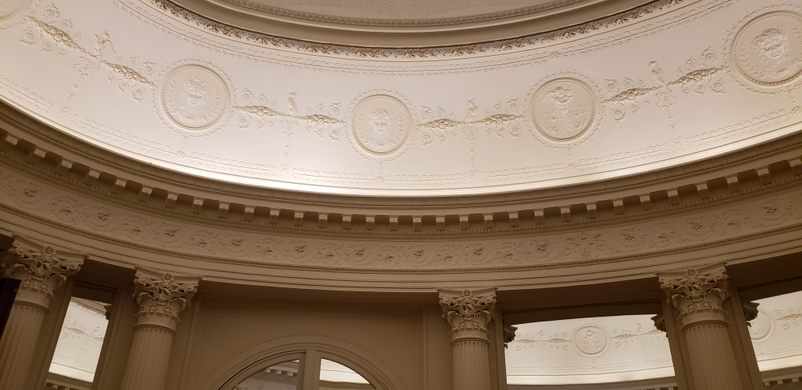


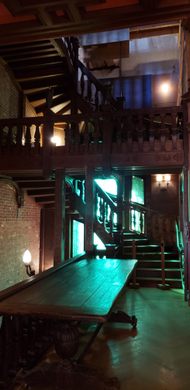
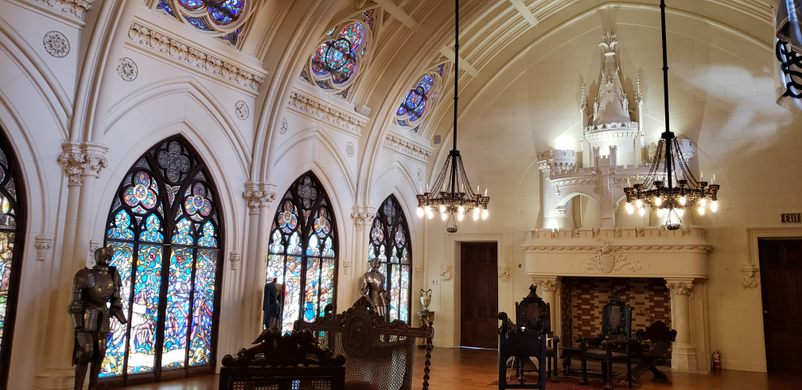









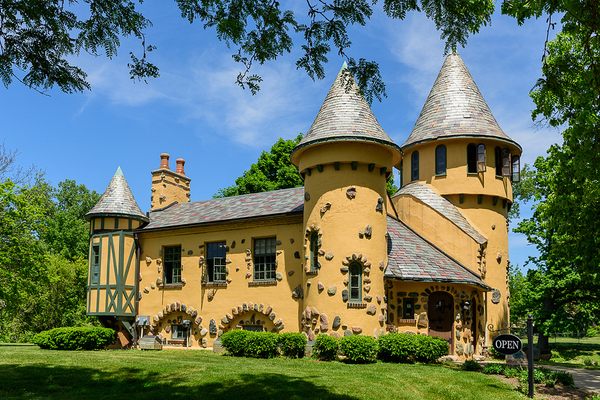
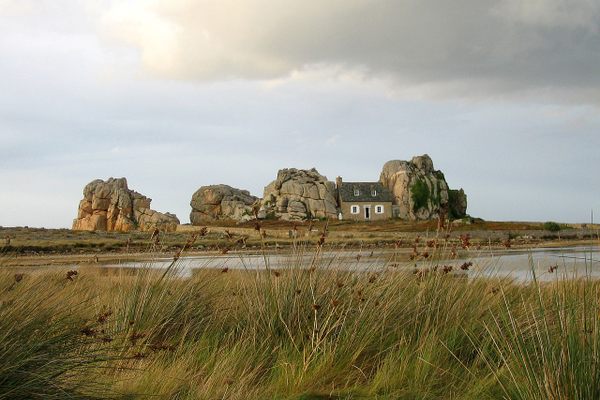



Follow us on Twitter to get the latest on the world's hidden wonders.
Like us on Facebook to get the latest on the world's hidden wonders.
Follow us on Twitter Like us on Facebook